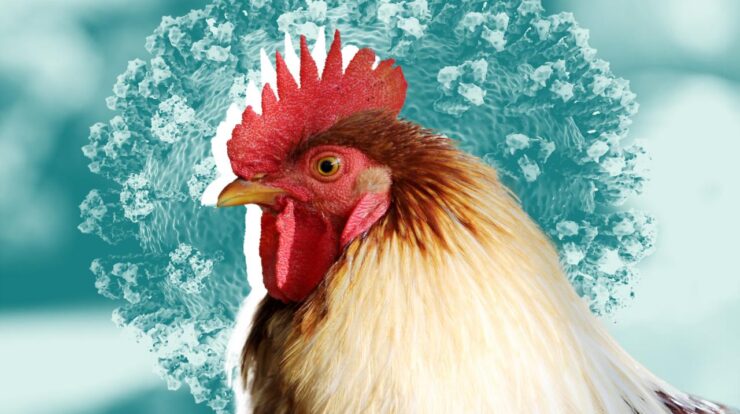
Bird flu virus milk has emerged as a pressing concern, with its potential to spread the virus through milk consumption. This article delves into the transmission routes, impact on milk production, public health concerns, and preventive measures surrounding bird flu virus in milk.
The spread of bird flu virus through milk has raised significant concerns, necessitating a comprehensive understanding of the risks involved and the implementation of effective control measures.
Transmission of Bird Flu Virus in Milk: Bird Flu Virus Milk
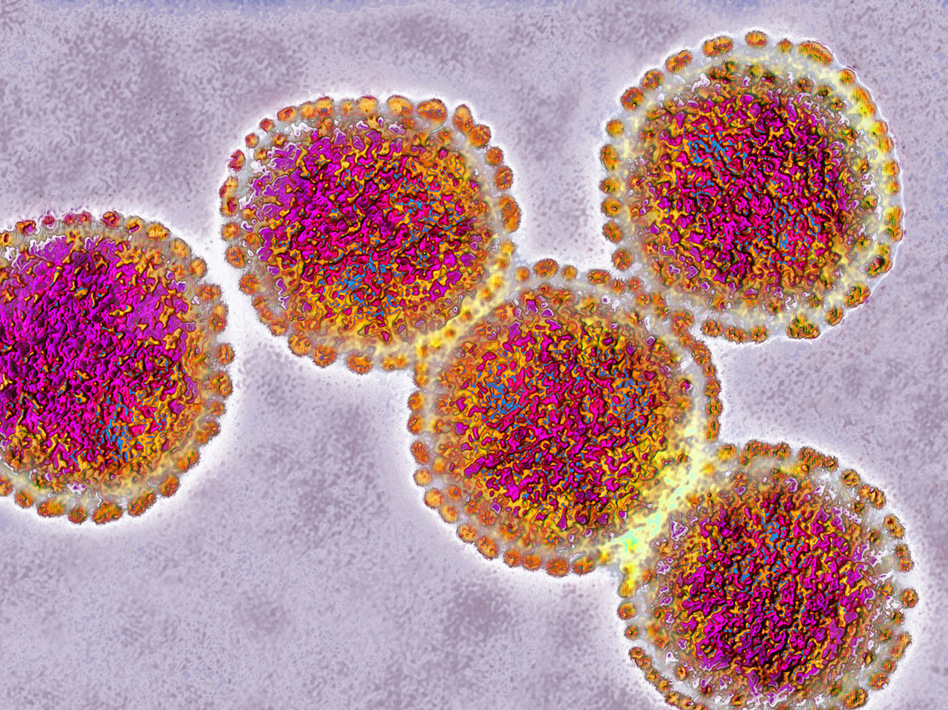
Bird flu virus can be transmitted through milk if the milk is obtained from infected birds. The virus can be present in the milk of infected birds, even if the birds do not show any symptoms of illness. Humans can become infected with bird flu virus by consuming contaminated milk or milk products.
Risk factors for milk consumption from infected birds include:
- Consuming raw or unpasteurized milk
- Consuming milk from birds that have been in contact with infected birds
- Consuming milk from birds that have been vaccinated against bird flu but are still shedding the virus
There have been several outbreaks of bird flu in humans that have been linked to milk consumption. In 2003, an outbreak of bird flu in Hong Kong was linked to the consumption of raw milk from infected chickens. In 2005, an outbreak of bird flu in Vietnam was linked to the consumption of milk from infected ducks.
Impact on Milk Production and Industry
Bird flu outbreaks can have a significant impact on milk production and the dairy industry. Infected birds may stop laying eggs or produce eggs that are not suitable for consumption. This can lead to a decrease in the supply of milk and milk products.
Bird flu outbreaks can also lead to the closure of dairy farms and the loss of jobs. In 2003, the bird flu outbreak in Hong Kong led to the closure of over 200 dairy farms and the loss of over 1,000 jobs.
To mitigate the impact of bird flu outbreaks on milk production, governments and dairy farmers have implemented a number of measures, including:
- Vaccinating birds against bird flu
- Implementing biosecurity measures on dairy farms
- Pasteurizing milk to kill the bird flu virus
Public Health Concerns
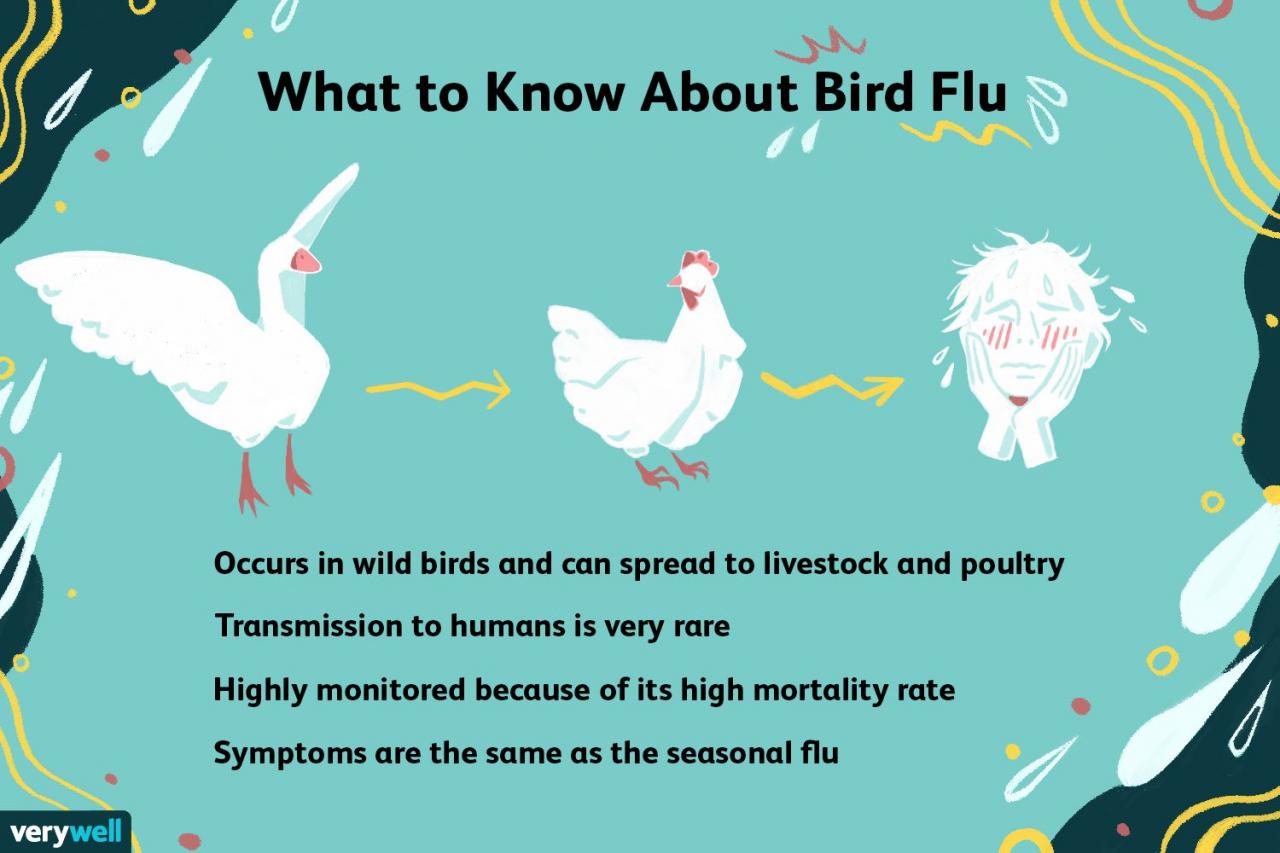
Bird flu virus can cause a range of symptoms in humans, including fever, cough, sore throat, muscle aches, and fatigue. In severe cases, bird flu can lead to pneumonia, respiratory failure, and death.
There is no specific treatment for bird flu, but antiviral medications can help to reduce the severity of the symptoms. People who are infected with bird flu should be isolated to prevent the spread of the virus.
To reduce the risk of bird flu infection, it is important to:
- Avoid contact with infected birds
- Cook poultry and eggs thoroughly
- Wash your hands frequently
- Avoid consuming raw or unpasteurized milk
Prevention and Control Measures
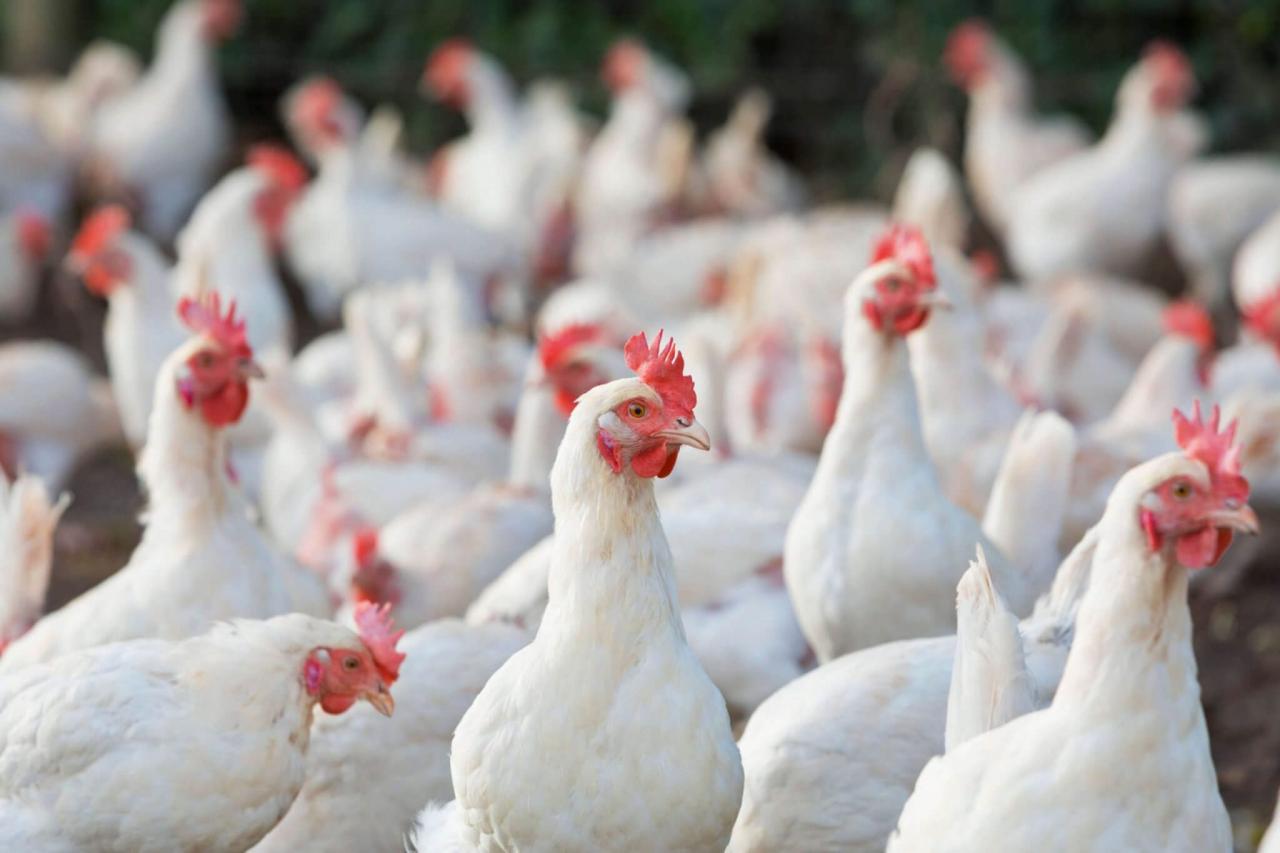
There are a number of measures that can be taken to prevent and control the spread of bird flu virus in milk production.
These measures include:
- Vaccinating birds against bird flu
- Implementing biosecurity measures on dairy farms
- Pasteurizing milk to kill the bird flu virus
- Educating farmers and consumers about the risks of bird flu
Research and Surveillance
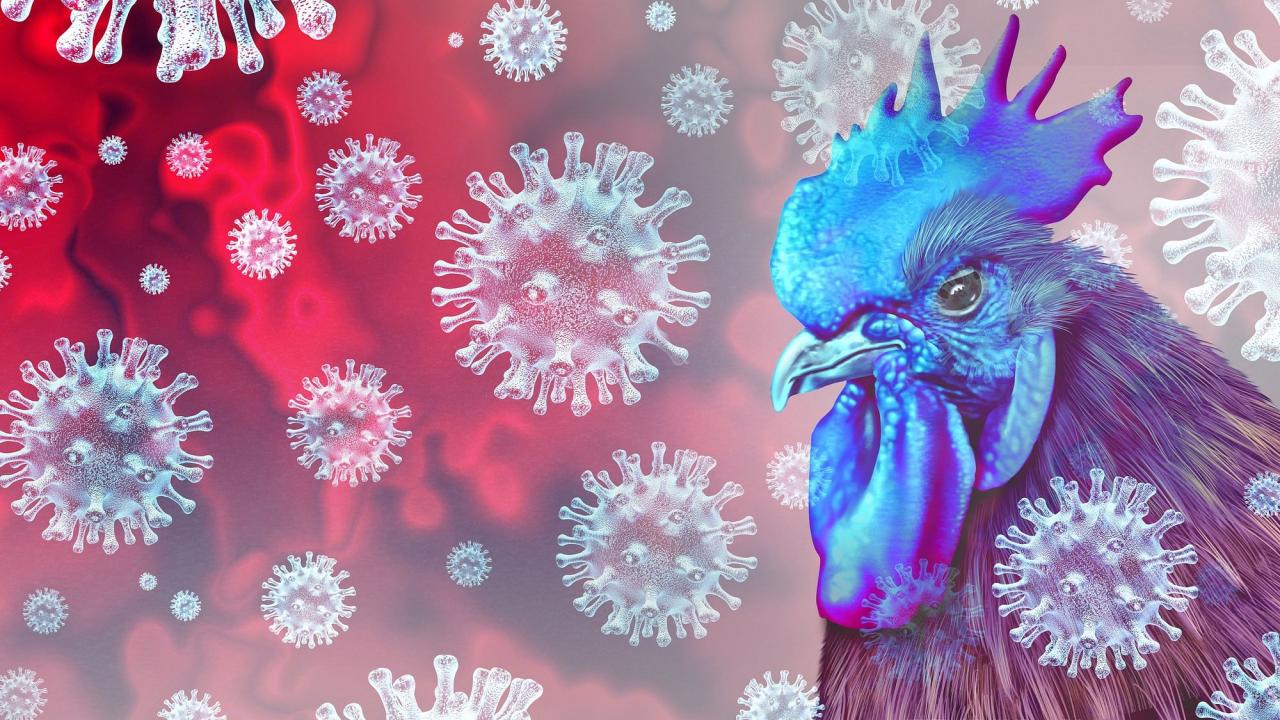
There is a great deal of research being conducted on bird flu virus in milk. Researchers are working to develop new vaccines and treatments for bird flu, and to improve surveillance systems for the virus.
Surveillance systems are in place to monitor and detect outbreaks of bird flu in poultry and humans. These systems help to identify outbreaks early and to prevent the spread of the virus.
Emerging technologies are being developed for rapid and accurate detection of bird flu virus in milk. These technologies will help to ensure that contaminated milk is not distributed to consumers.
Conclusive Thoughts
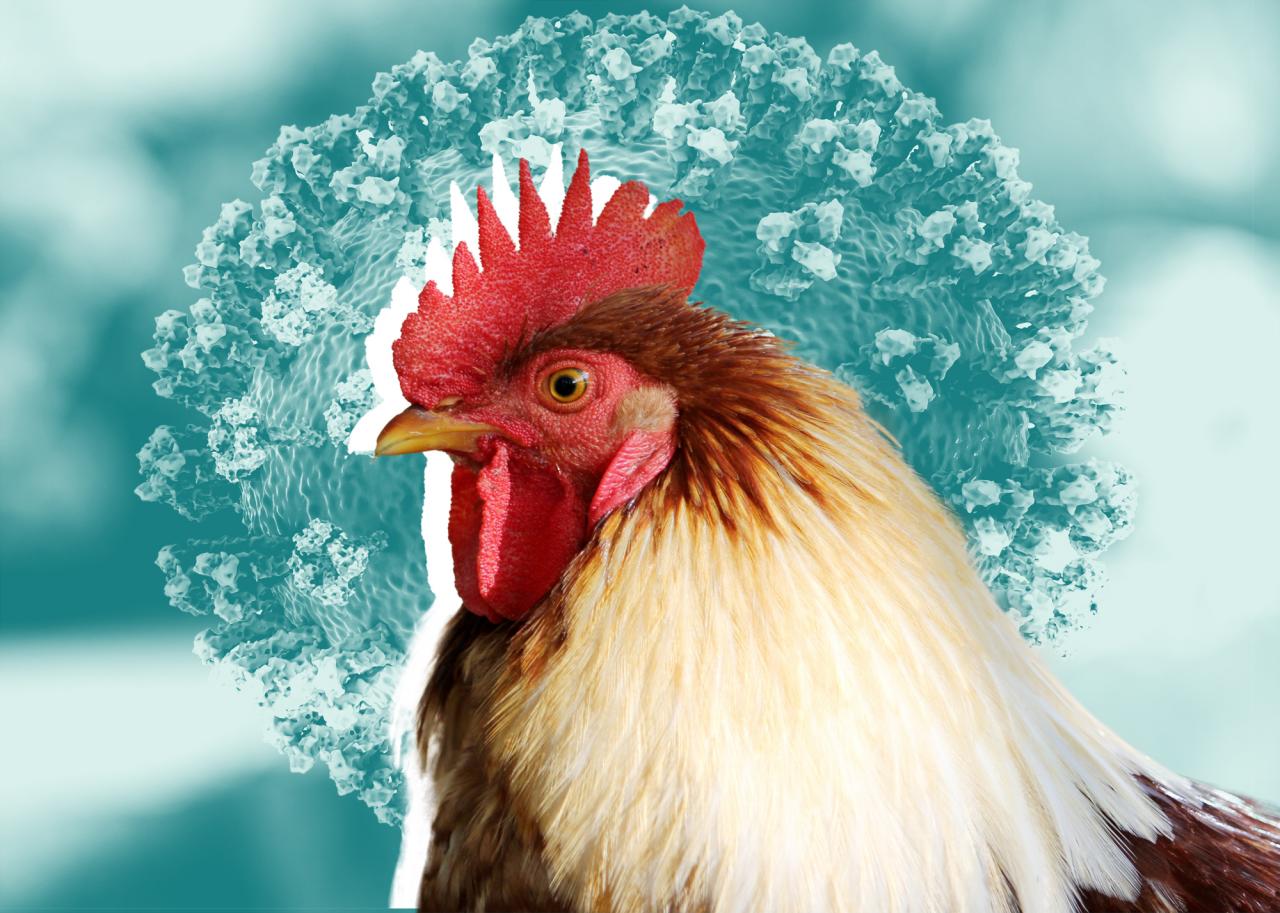
Understanding bird flu virus in milk is crucial for safeguarding public health and ensuring a safe milk supply. By implementing stringent preventive measures, conducting ongoing research, and maintaining robust surveillance systems, we can effectively mitigate the risks associated with this virus and protect consumers from potential harm.




